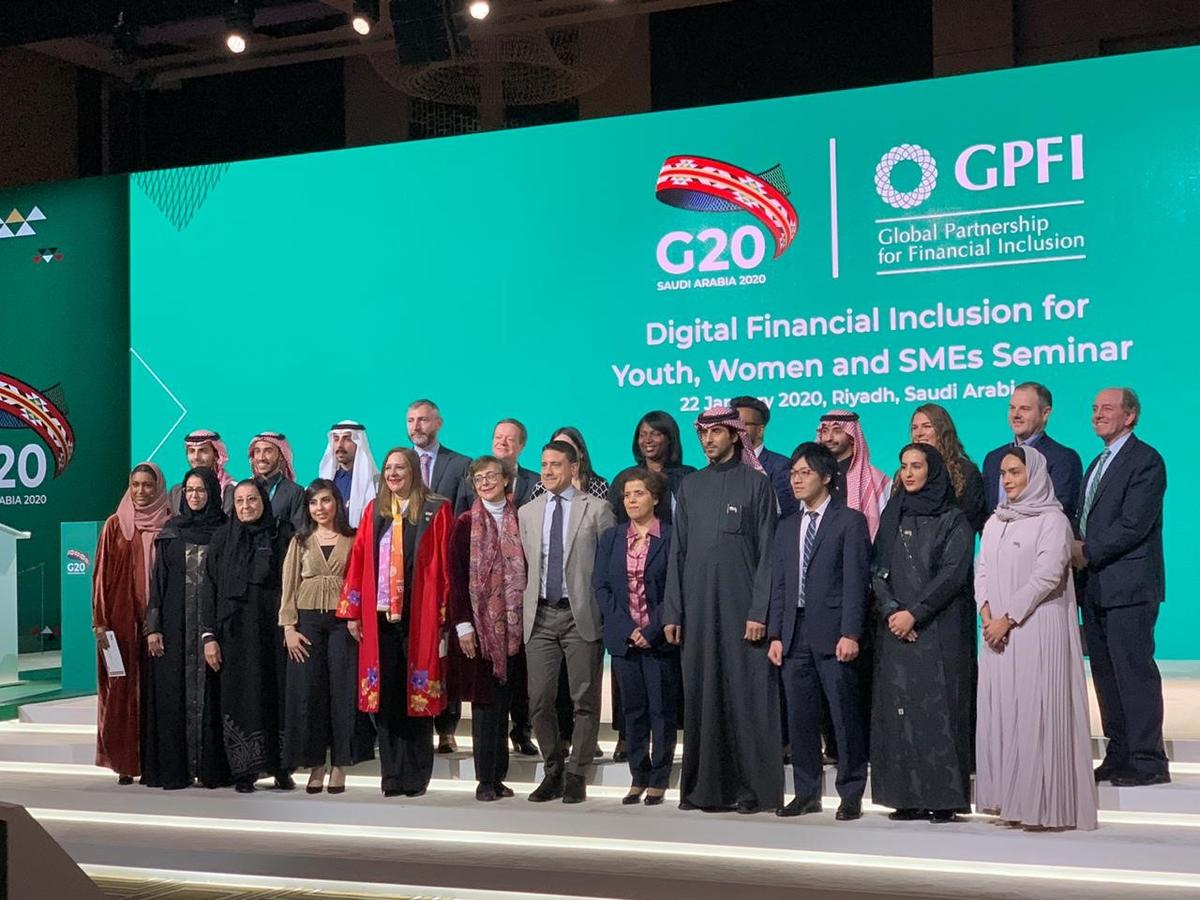Blog
A Recipe for Blended Finance

The thinking around investing “soft money” for non-financial returns along with financial returns is getting more sophisticated. The practice of combining investment money with grants – more often called blended finance – is gaining traction. A discussion in The Hague at the DFI Working Group, hosted by FMO and the SME Finance Forum, drew on the latest thinking from some of the most cutting-edge (and experienced) practitioners of blended finance, and led to some clear messages for these investors.
This shared learning should lead to greater impact, more sustainable investments, a smaller footprint for these investments--and ultimately less donor-dependency.
But first, let’s agree what we mean by the term blended finance. Blended finance refers to finance that includes an element of subsidy, whether in the form of a grant as part of the investment, or in lower returns, higher risk, longer tenors, or in local currency loans. It is exactly that grant element that seduces existing and potential investors to commit to activities with clear public benefits (typically Social or Environmental).
The bigger players on the blending block in Europe are the publicly-funded Development Finance Institutions (the EU, EIB, AfD, KfW, and EBRD), while the IFC is an exemplary partner with a full blending policy and internal organization focused on agricultural lending, SME, and clean energy.
Why all the current interest in blending? With aid budgets under pressure, governments are recognizing that the private sector is a crucial player in the economy. They are beginning to bring in private actors as partners in development. Perhaps it’s making a virtue of necessity, but the result is a happy marriage that’s leading to greater rigor in the use of blended finance.
The ingredients that go into the secret sauce of blended finance need to be carefully balanced. Here are four principles that were widely agreed:
1. Add Value
Blending only makes sense if the recipient will do something new, different, more, better that he would not do without the blended finance. Determining your goal, and your intended impact, is the starting point for any blended finance. Blending should also leverage funds from other sources, funds that will be crucial for the longer term growth of the business, and continued achievement of the impact goals.
2. Soft Money Doesn’t Mean Easy Money
Blending is a teaser for the potential investor, who will take the best tease he can get. Every funder should aim to keep the subsidized element as low as possible, however, and not dangle it as a prize to sweeten an investment (to become the most attractive financier). The subsidized element should be linked to well-defined, and suitably ambitious, results.
3. Time bound
Grant funding can create dependency. Before starting, the client/recipient should have a plan how to continue his business when the subsidy ends. Blended finance should be time bound.
4. Beyond lending?
Much blending is currently done through lending. Theoretically, risks and returns can be aligned much more easily through Equity or other result-related products. Structuring this kind of investment is trickier, however. Equity implies shareholding, which is something the businesses looking for finance are often not interested in. Mezzanine structures are less standard, requiring creativity from those who structure the product and those who draft the legal contracts.
All this makes blending a complex chemistry of opportunities that will require constant adjustment.—And we’re talking practical science, not just theory. It’s still too early to codify shared principles, but it’s clear that it’s the successful investments and the failures that will provide the real learning as we continue to share experience.






